Ansel Adams in an an American photographer and environmentalist, who was the most important landscape photographer of the 20th century
His images were often monochrome highlighting the beauty in the formations of the landscapes rather than just focusing on the colours present, it adds a dramatic and powerful tone to the images potentially portraying the power of mother nature and the sublime drawing attention to the beauty of the environment around us.
He came up with a technique he referred to as the zone system, the 11 zones were defined to represent the gradation of all the different tones you can see in a black and white, with zone 5 being in the middle as grey, zone 0 being pure black, and zone 10 being pure white.
GROUP F/64
He helped found Group f/64, an association of photographers advocating “pure” photography which favored sharp focus and the use of the full tonal range of a photograph…even creating a Zonal System to ensure that all tonal values are represented in the images. Ansel Adams was an advocate of environmental protection, national parks and creating an enduring legacy of responses to the power of nature and sublime conditions…Other members in Group f/64 included Edward Weston, Dorothea Lange, Imogen Cunningham among other female photographers who has been overlooked in the history or photography.
One of the most important legacies of Adams is the way in which his photographs contributed to the American conservation movement. His technical expertise and the undeniable beauty of his work paved the way for photography to be exhibited beside traditional painting and portraiture in national galleries.
The face of half dome
When speaking of Ansel Adams’ photography, the most famous is Monolith, the Face of Half Dome. This was Adams’ first photograph that gathered the attention of the public and the art world. Using his Korona camera, Adams captured his iconic photo of Half Dome in Yosemite National Park after a difficult hike.
visualisation
Photographic visualization is the confluence of imagination and technique. It is the ability to picture the essence of the final print in your mind before releasing the shutter.
Adams believed strongly in the notion of ‘visualisation’, though today you’ll likely hear it referred to as ‘previsualisation’. This involves a photographer standing in front of a scene and seeing the final image in their mind (right down the post-processing) before even pressing the shutter.
His black and white nature photography was known for being a rejection of the Pictorialism movement that came before – a heavily manipulated style of photography that aimed to enhance the beauty of the subject matter instead of documenting reality. Instead, Ansel Adams wanted to capture exactly what he saw.

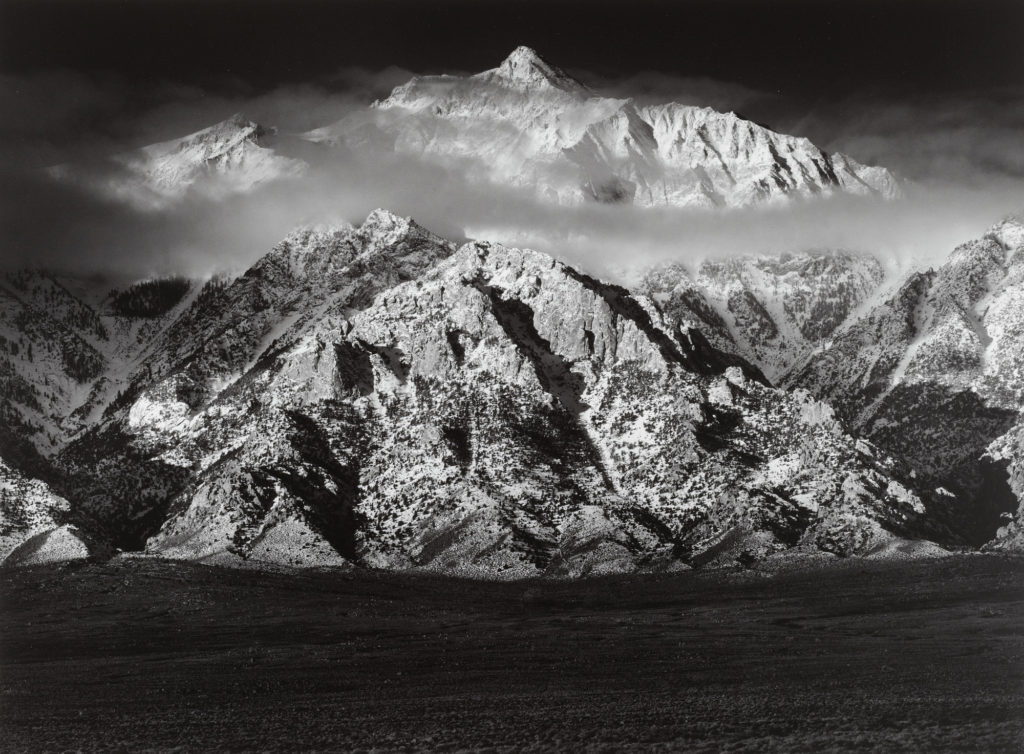

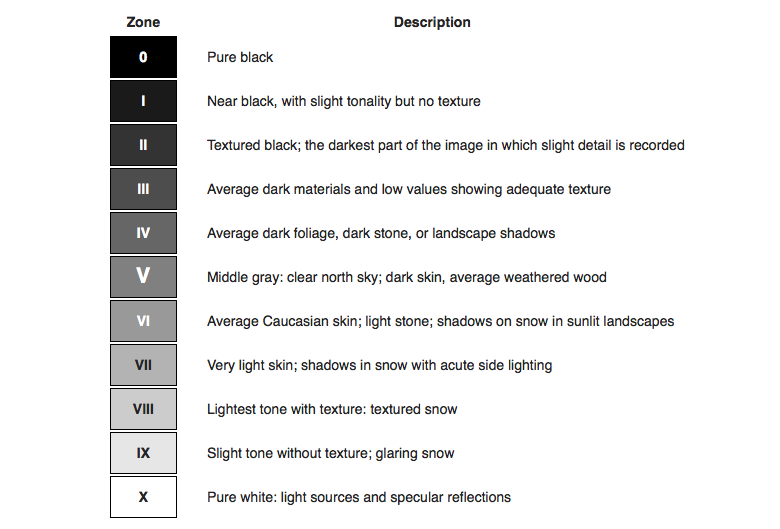
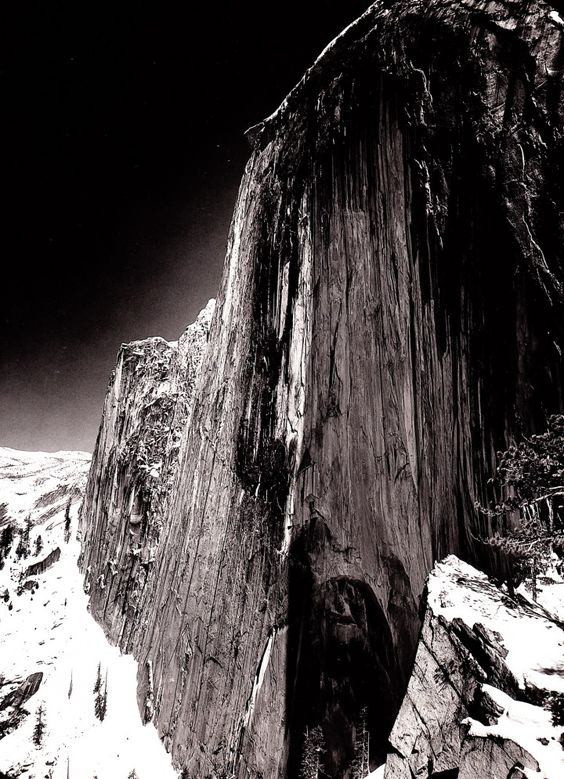

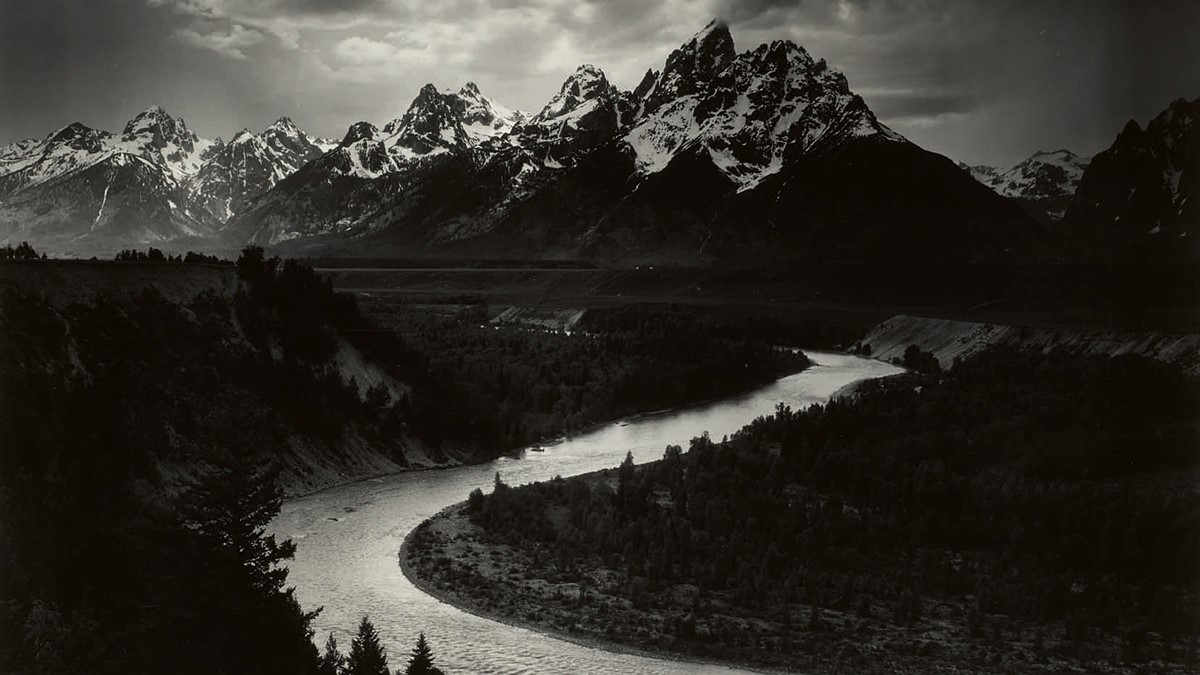
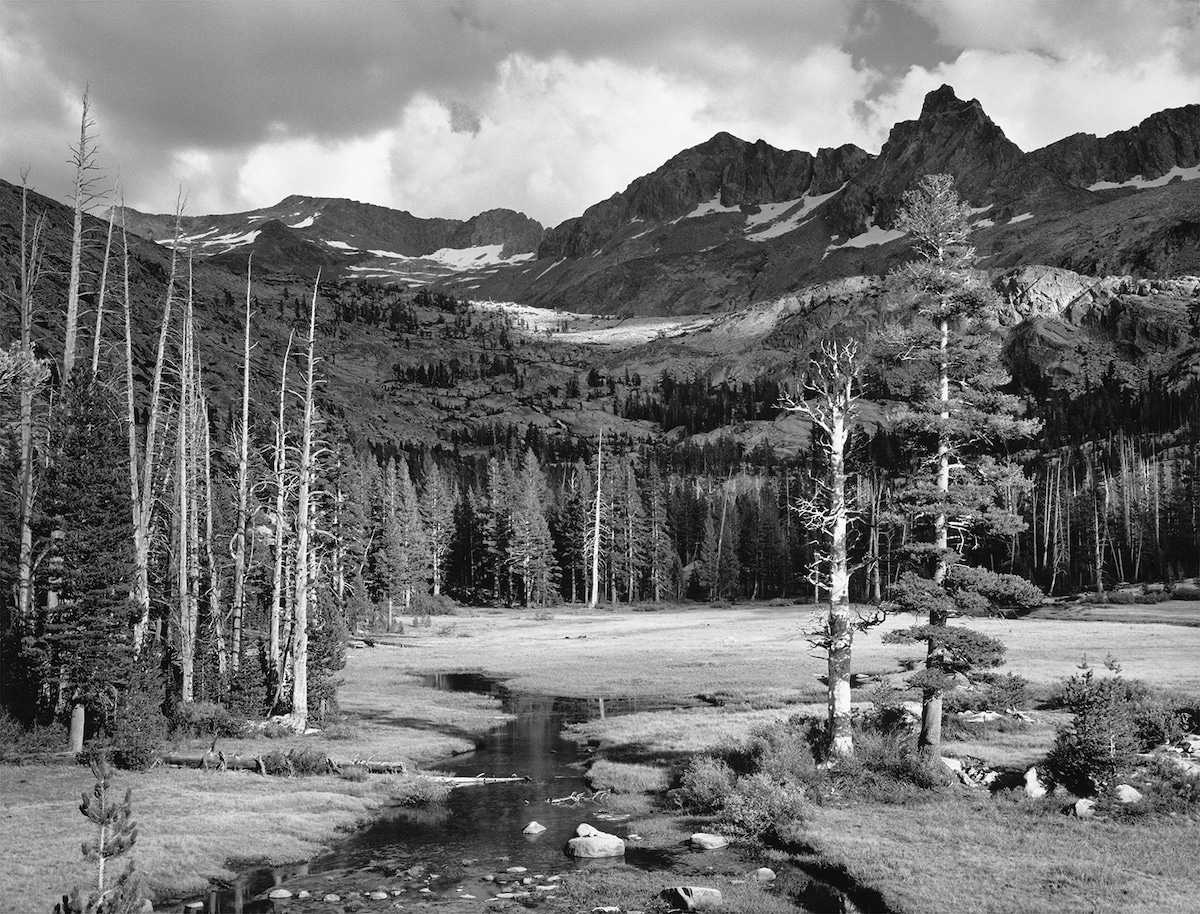
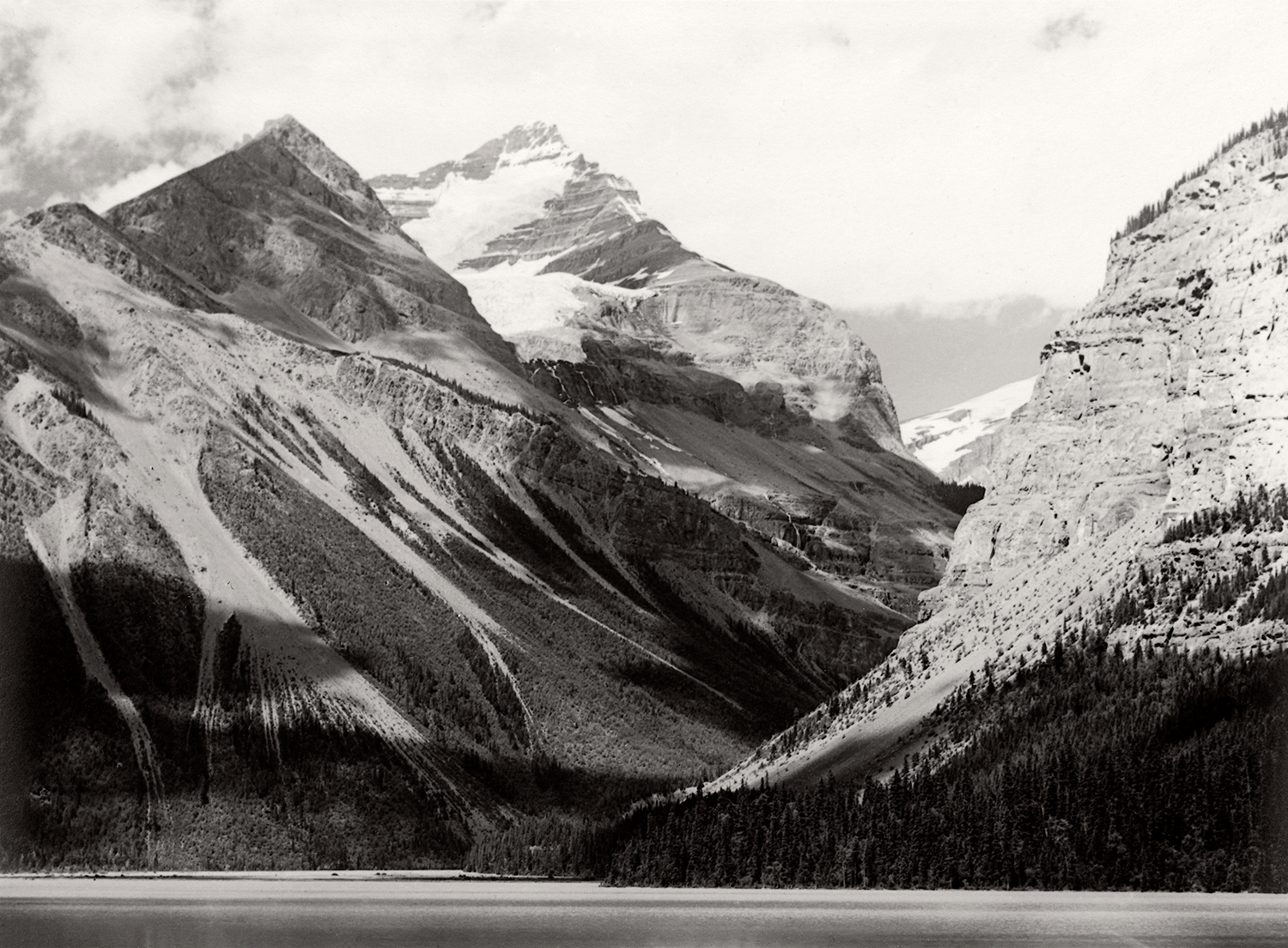
Good progress overall…evidence of hard work throughout
To be able to improve and highlight key areas of exceptional ability you must refer to the marking criteria and 10 Step Process too…here is the link https://hautlieucreative.co.uk/photo24al/2022/09/30/assessment-criteria-2/